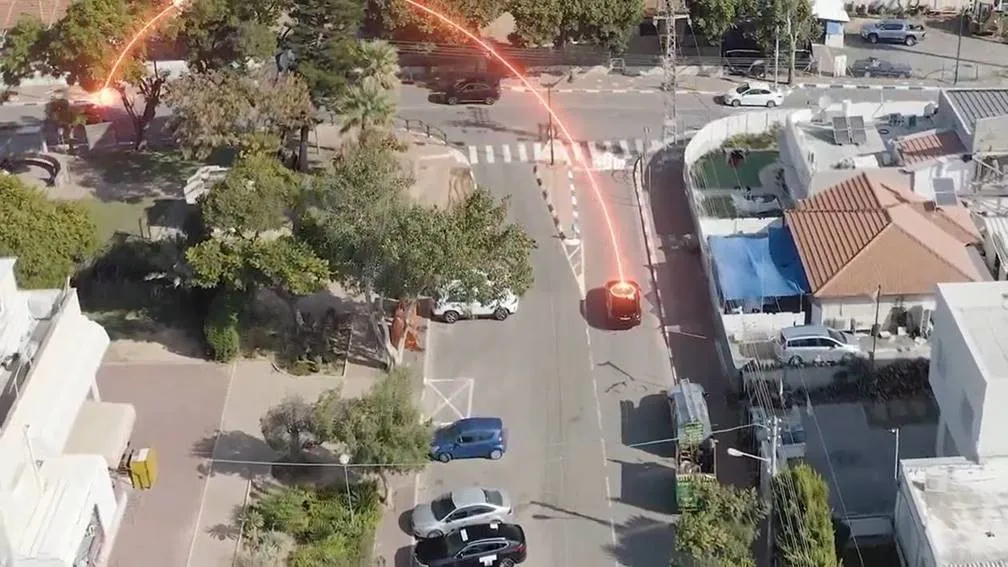
Siemens’ new Sitraffic sX designation traffic lights and detectors controller may not offer the most advanced level of control, but it is ‘smarter’ and far more easily programmed than its predecessor. According to the company’s head of development for ITS Systems Wilke Reints, one of the biggest benefits of the sX is that it can be updated without interrupting the normal operation. “The lights continue functioning throughout and you can even do entire software updates, including the operating system, while the lights are still working.”
To achieve this, Siemens has included an additional real-time processor that takes control of a set of traffic lights during updates and hardware upgrades or in the event of a failure on the primary processor. Remote maintenance can also be carried out without shutting the system down and so again ‘lights out’ situations are prevented. Authorities can elect not to have this stand-by function and where it is used the back-up controller can either use a default program or to (effectively) continue with the last settings.
According to Reints: “You can even exchange the main CPU with the lights still working; this controller never switches off.” What’s more, the sX can be remotely controlled and managed in real-time using an internet enabled device which not only speeds problem resolution but also allows its ‘game-changing’ capabilities to come to the fore.
“Authorities have been able to implement complex traffic signal timings but that has taken a high degree of expertise; what the sX does is to make it a lot easier for traffic room staff to create and store a number of pre-programmed light phasing. They can also switch from one to another without a ‘lights out’ phase remotely using a web-enabled device, because with the sX it’s a seamless ‘touch-of-a-button’ process.
“It has been possible to make such changes for some time but this has required highly trained people and possibly site visits to carry out ‘lights-out’ upgrades. With the sX these changes are easily made so it is more likely that authorities will alter signal timings for short-term road works or even accidents. They can still pre-set timings for peak periods, evenings or weekends and with the sX they can pre-set alternative timings for holiday periods and ‘green waves’ for recurring events such as the end of sporting or music events. It also allows pre-determined responses to pollution incident and timing changes can be automatically triggered when certain criteria are met.”
A plug-and-play facility allows newly connected sX controllers to download information on the timings implemented by any previous controller directly from the centre. Once the controller is installed the Sitraffic smartCore configuration software makes it much easier to configure and create this ‘menu’ of signal timings. Traffic controllers can then switch between the pre-programmed signal timings either on a time/day basis or manually from any location using an internet-enabled device. TÜV approved multi-stage IT security prevents unauthorised users making changes remotely by smartGuard.
Each sX controller can be extended to control up to 64 signal groups and 250 detectors and a new low-power SIL 3 compatible 230V lamp switch has been included for LED signal heads down to 5W. It can be deployed as a stand-alone device or in coordinated traffic control systems, is internationally compatible and has open interfaces for connection to existing controllers, thereby enabling a connection between legacy controllers and Siemens’ centre. Once software patches are installed on the legacy controllers, the road authority is able to view the status and any faults of the lights under existing control through the Siemen’s system rather than needing to check on two different systems.
“The reality is that an authority can’t replace all its controllers just because we have come out with a new generation,” said Reints.
One further function is the extension of the time-stamped archive of the signal lights which now goes back four weeks and can be called on as evidence in the event of a dispute over an accident. In addition, sX controllers installed today are able to be continually updated including changes necessary to accommodate C2X functions.
Sitraffic sX is part of Siemens’ wider web-based and scalable Sitraffic offering through which even small towns can implement traffic control, and Siemens offers those without their own control centre the facility to create a virtual traffic control centre. This uses the web-based Sitraffic smartGuard which has recently gained TÜV safety certification.
So even if the game hasn’t changed, it has certainly moved on.










